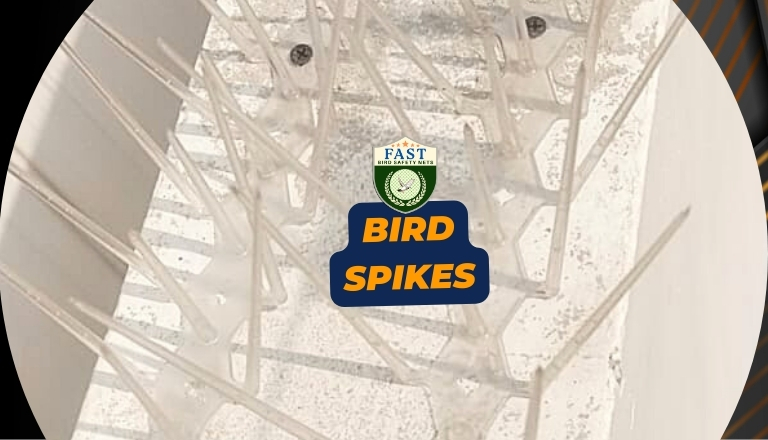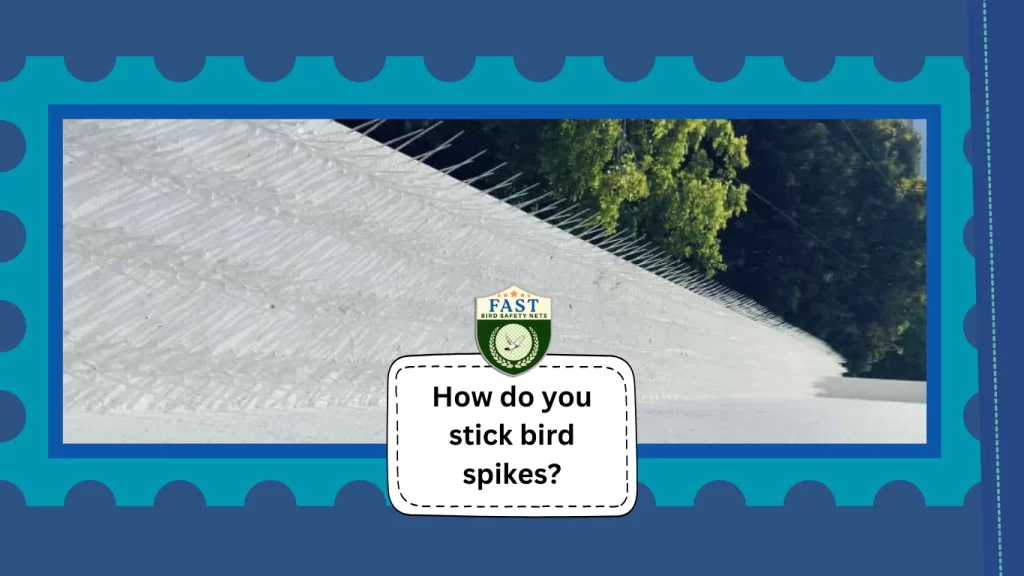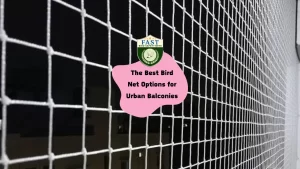Bird spikes are a highly effective solution for deterring birds from landing, perching, and roosting on surfaces such as ledges, signs, rooftops, and fences. These spikes are designed to make landing areas uncomfortable and inhospitable for birds without causing them harm. Proper installation of bird spikes is essential to ensure their effectiveness and longevity. In this comprehensive guide, we’ll walk you through the steps for sticking bird spikes securely to various surfaces to keep birds away.
1. Gather Your Materials:
Prior to starting, make sure you have all the supplies and equipment needed for the installation. You’ll need:
- Bird spikes
- Adhesive suitable for the surface (e.g., silicone adhesive, construction adhesive, epoxy glue)
- Caulking gun (if using tube adhesive)
- Cleaning supplies (e.g., brush, broom, cleaning solution)
- Safety gear (e.g., gloves, goggles)
2. Prepare the Surface:
Start by thoroughly cleaning the surface where you’ll be installing the bird spikes. Remove any dirt, debris, bird droppings, or other contaminants using a brush or broom. You may also need to use a cleaning solution to ensure the surface is completely clean and dry before proceeding.
3. Measure and Mark:
Next, measure the length of the surface where you plan to install the bird spikes and mark the placement of the spikes accordingly. For optimal effectiveness, position the spikes close together to cover the entire landing area and prevent birds from finding alternate perching spots.
4. Prepare the Adhesive:
If you’re using adhesive from a tube, load it into a caulking gun according to the manufacturer’s instructions. If you’re using a two-part epoxy adhesive, mix the components thoroughly according to the provided guidelines. Ensure that the adhesive is ready for application before proceeding.
5. Apply the Adhesive:
Apply a generous amount of adhesive to the base of each bird spike, covering the entire surface that will come into contact with the installation surface. Be sure to work quickly and methodically to prevent the adhesive from drying out before you can secure the spikes in place.

6. Position the Bird Spikes:
Carefully place each bird spike onto the marked positions on the surface, pressing firmly to ensure good adhesion. Align the spikes evenly and securely, maintaining consistent spacing between them for uniform coverage. Avoid touching the adhesive with your bare hands to prevent contamination.
7. Press Firmly and Secure:
Once all the bird spikes are in position, press down firmly on each spike to ensure a strong bond with the surface. Use a slight twisting motion to help embed the spikes into the adhesive for maximum stability. Continue to press and secure each spike until all are firmly attached.
8. Allow Time to Cure:
After installing the bird spikes, allow sufficient time for the adhesive to cure and bond securely with the surface. Follow the manufacturer’s recommended curing time, which may vary depending on the type of adhesive used and environmental conditions.
9. Clean Up Excess Adhesive:
While the adhesive is still wet, use a damp cloth or solvent to clean up any excess adhesive that may have squeezed out around the base of the bird spikes during installation. This will help maintain a neat and professional appearance once the adhesive has fully cured.
10. Conduct a Final Inspection:
Once the adhesive has cured completely, inspect the installed pigeonspikes to ensure they are securely attached and properly aligned. Check for any loose spikes or signs of adhesive failure, and make any necessary adjustments or repairs as needed to ensure the spikes are fully functional.
11. Monitor and Maintain:
Regularly inspect the bird spikes for signs of damage, wear, or degradation over time. Clean the spikes periodically to remove dirt, debris, and bird droppings that may accumulate and compromise their effectiveness. Make any repairs or replacements as necessary to keep the bird spikes in optimal condition for long-term bird control.
By following these step-by-step instructions, you can effectively stick bird spikes to various surfaces and deter birds from perching and roosting, helping to maintain a bird-free environment and protect your property from damage.






